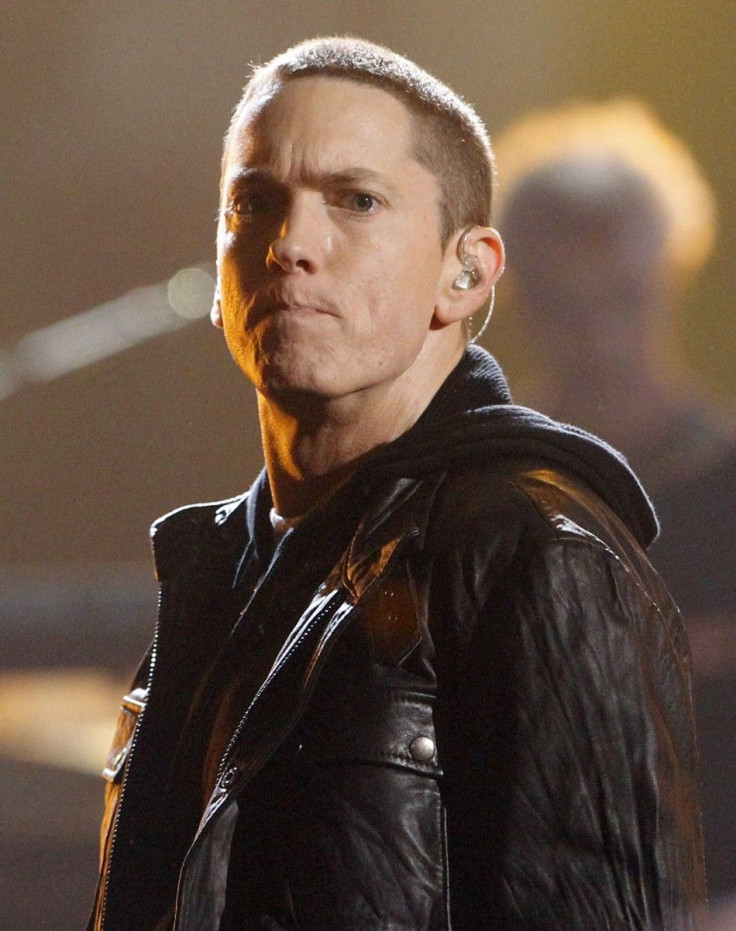Rapper's Brain In Flow Similar To Athlete's Attention During Game Play: Study

Before he became one of the most influential rappers in history with “Ready To Die,” the Notorious B.I.G. was renowned across New York City for his ability to freestyle rap. Biggie Smalls, as he was then known, was just a street level drug dealer when he proved able to match wits in rap battles across Brooklyn, stringing together impromptu rhymes delivered with precision.
Today, scientists have been able to figure out where that specific talent comes from. A study by the National Institute on Deafness and Other Communication Disorders (NIDCD), a part of the National Institutes of Health, found that freestyle rapping is remarkably similar to how athletes think when they’re playing sports, according to what study researcher Allen Braun told Live Science.
“If an athlete starts paying attention to what they're doing, how they’re going to move their body to catch a ball, they'll clutch and they won't do it,” Braun said. “You have to suspend that kind of attention.”
The researchers found 12 male rappers, asked them to freestyle an eight-measure track (along with some memorization), and gauged the blood flow throughout their brain during the performance. Patterns showed that the brain areas linked to motivation, organization and integration lit up while the self-monitoring and control sections remained relatively quiet.
“They talked a lot about their environment, about how they are in the scanner,” Siyuan Liu, a scientist at the NIDCD, told Live Science. “Or sometimes they talked about their careers, like how many albums they'd published.”
Most active was the posterior lateral temporal region, which is located near the ear. It’s primarily responsible for vocabulary and was the main contributor to the most difficult part of the rap, which the scientists said is closing out a verse.
“These are just simple rearrangements of brain activity and cognitive processes that are a normal part of everyday experiences,” Braun said.
This research was part of Live Science’s “Creative Genius: The World’s Greatest Minds” series, which attempts to chronicle the thought processes that contributed to the success of masterminds like Steve Jobs, Charles Darwin, Albert Einstein and Stephen Hawking. Rap fans will be pleased to see some of their own mentioned among that group.
© Copyright IBTimes 2024. All rights reserved.





















